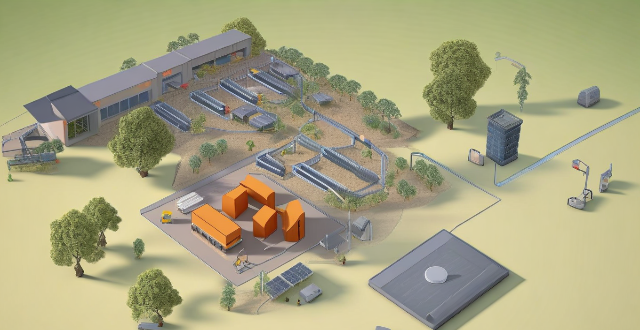Huawei's 5G base station solutions are designed to be highly scalable in order to accommodate the growing data demands of users. This is achieved through a combination of hardware and software optimizations that allow for efficient use of resources and easy expansion as needed. Hardware optimizations include massive MIMO technology and high-performance antenna arrays, while software optimizations include dynamic spectrum sharing, network slicing, and energy efficiency. Expansion options include additional antenna arrays, small cell deployment, and multi-RAT support.

Sure, I can discuss the scalability of Huawei's 5G base station solutions to accommodate growing data demands.
Scalability of Huawei's 5G Base Station Solutions
Huawei's 5G base station solutions are designed to be highly scalable in order to accommodate the growing data demands of users. This is achieved through a combination of hardware and software optimizations that allow for efficient use of resources and easy expansion as needed.
Hardware Optimizations
- Massive MIMO Technology: Huawei's 5G base stations use massive MIMO (Multiple Input Multiple Output) technology, which allows for simultaneous transmission and reception of multiple data streams over the same radio frequency channel. This significantly increases the capacity and efficiency of the network, allowing it to handle more data traffic without requiring additional spectrum or infrastructure.
- High-Performance Antenna Arrays: The antenna arrays used in Huawei's 5G base stations are optimized for high performance and low latency, ensuring that data can be transmitted and received quickly and efficiently. This helps to reduce congestion on the network and improve overall performance.
Software Optimizations
- Dynamic Spectrum Sharing: Huawei's 5G base stations support dynamic spectrum sharing, which allows them to adapt to changing network conditions by automatically reallocating resources as needed. This ensures that the network remains efficient and effective even as data demands fluctuate throughout the day.
- Network Slicing: Network slicing is a key feature of 5G technology that allows operators to create multiple virtual networks within a single physical infrastructure. Each virtual network can be tailored to meet the specific needs of different types of devices and applications, ensuring that they receive the level of service they require while minimizing resource usage.
- Energy Efficiency: Huawei's 5G base stations are designed with energy efficiency in mind, using advanced power management techniques to reduce energy consumption and lower operating costs. This not only helps to reduce environmental impact but also ensures that the network remains stable and reliable even under heavy load.
Expansion Options
As data demands continue to grow, Huawei's 5G base station solutions offer several options for expansion:
- Additional Antenna Arrays: By adding more antenna arrays to existing base stations, operators can increase their coverage area and capacity without having to build new sites.
- Small Cell Deployment: Small cells are low-power wireless access points that can be deployed in areas with high user density or poor signal quality. By adding small cells to their network, operators can improve coverage and capacity in these areas without having to invest in large-scale infrastructure upgrades.
- Multi-RAT (Radio Access Technology) Support: Huawei's 5G base stations support multiple RATs, including 4G LTE and 3G WCDMA. This allows operators to seamlessly transition between technologies as needed, ensuring that their network remains flexible and adaptable to changing user needs.